Spatial Database Management System
Spatial database management system. These are the objects which are defined in a geometric space. Data on spatial databases are stored as coordinates points lines polygons and topology. Attaining this is Spatial Database Management System.
Point and region data Overlapcontainment and nearest-neighbor queries Many approaches to indexing spatial data R-tree approach is widely used in GIS systems. What is a Spatial DBMS. Planners and Data.
Spatial data types eg. Ralf Hartmut Güting 1994 Spatial database systems offer the underlying database technology for geographic. A SDBMS is a DBMS It offers spatial data typesdata models query language Support spatial propertiesoperations It supports spatial data types in its implementation Support spatial indexing algorithms for spatial selection and join 4.
Ad Explore Database Management Tools Other Technology Users Swear By - Start Now. The first lecture Database Management System DBMS will introduce powerful functionalities of DBMS and related features and limitations of conventional Relational DBMS for spatial data. Characteristics of Spatial Database.
A SDBMS manages the database structure and controls access to data stored in a spatial database. Ad Explore Database Management Tools Other Technology Users Swear By - Start Now. A SDBMS is a software module that.
A spatial database management system SDBMS is an extension some might say specialization of a conventional database management system DBMS. Concept Design and Management. Spatial data management is of use in many disciplines including geography remote sensing urban.
Spatial database management system 1 is one which focuses on effective and efficient management of data such as space 2including points lines and polygons parts of living organisms engineering designs and a conceptual information space. A spatial database is optimized to store and query data representing objects.
The first lecture Database Management System DBMS will introduce powerful functionalities of DBMS and related features and limitations of conventional Relational DBMS for spatial data.
Brain models Biological research. A spatial database is a database that is enhanced to store and access spatial data or data that defines a geometric space. And can work with many post-relational DBMS as well as programming languages like. It is a database system. All associated databases for the course are in the tools section. Point and region data Overlapcontainment and nearest-neighbor queries Many approaches to indexing spatial data R-tree approach is widely used in GIS systems. A spatial database system may be defined as a database system that offers spatial data types in its data model and query language and supports spatial data types in its implementation providing at least spatial indexing and spatial join methods. Any references to Athena refer to MITs campus-wide UNIX based computing environment. These data are often associated with geographic locations and features or constructed features like cities.
Concept Design and Management. These are the objects which are defined in a geometric space. Every DBMS hence SDBMS uses a data model specification as a formalism for software. We propose a definition of a spatial database system as a database system that offers spatial data types in its data model and query language and supports spatial data types in its implemen-tation providing at least spatial indexing and spatial join methods. A Spatial DBMS is a database management system that is able to efficiently store manipulate and query spatial data. The SDBMS plays a prominent role in the management of query of spatial data. Brain models Biological research.
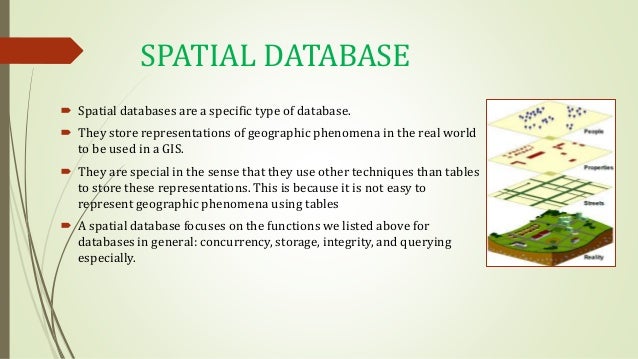




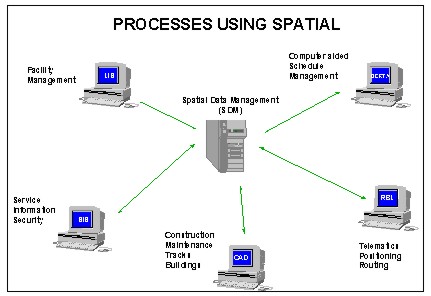

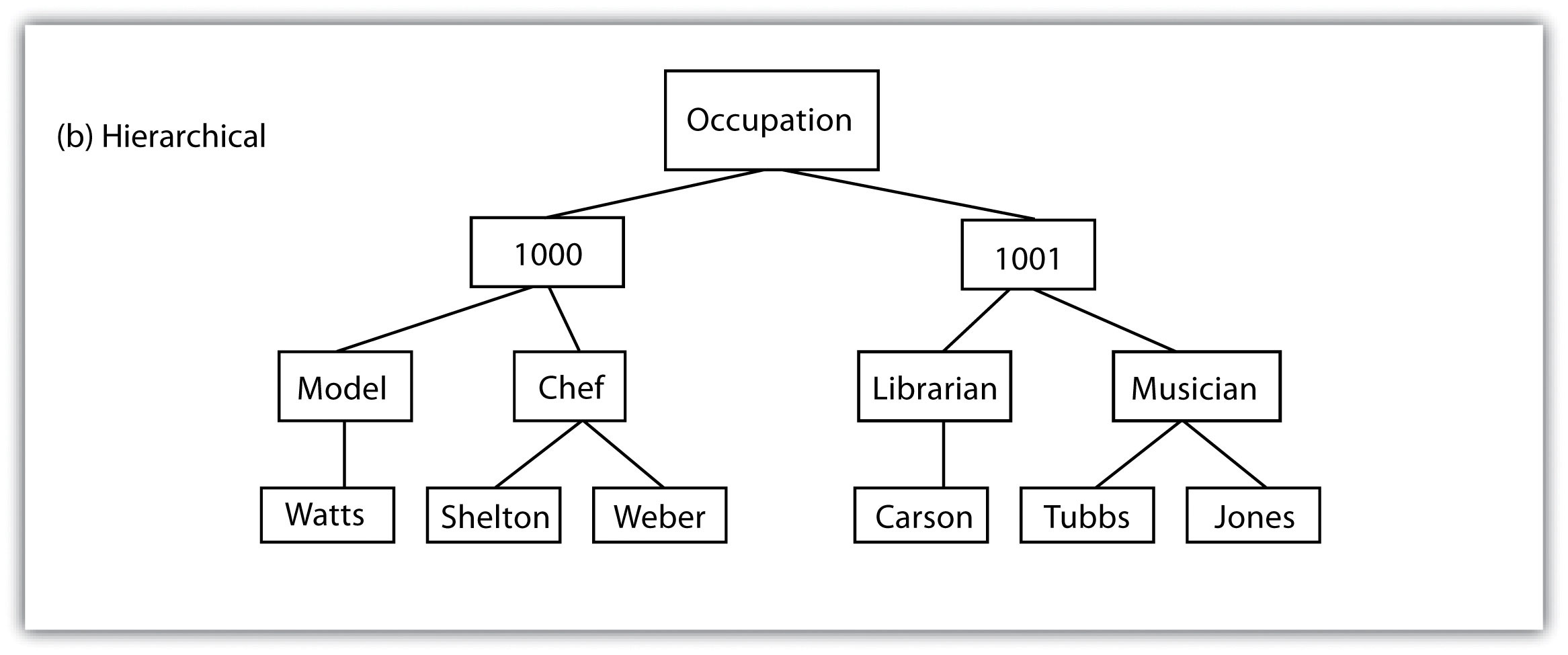
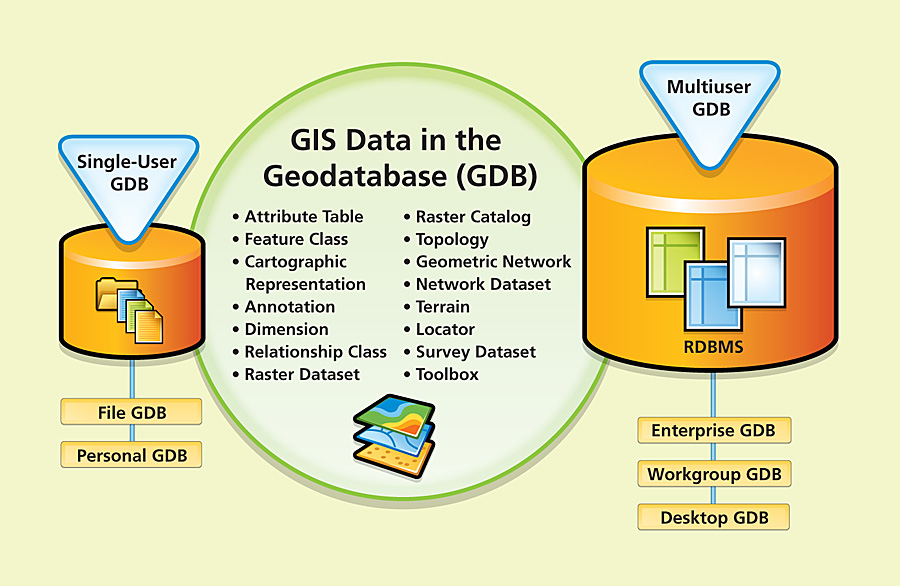



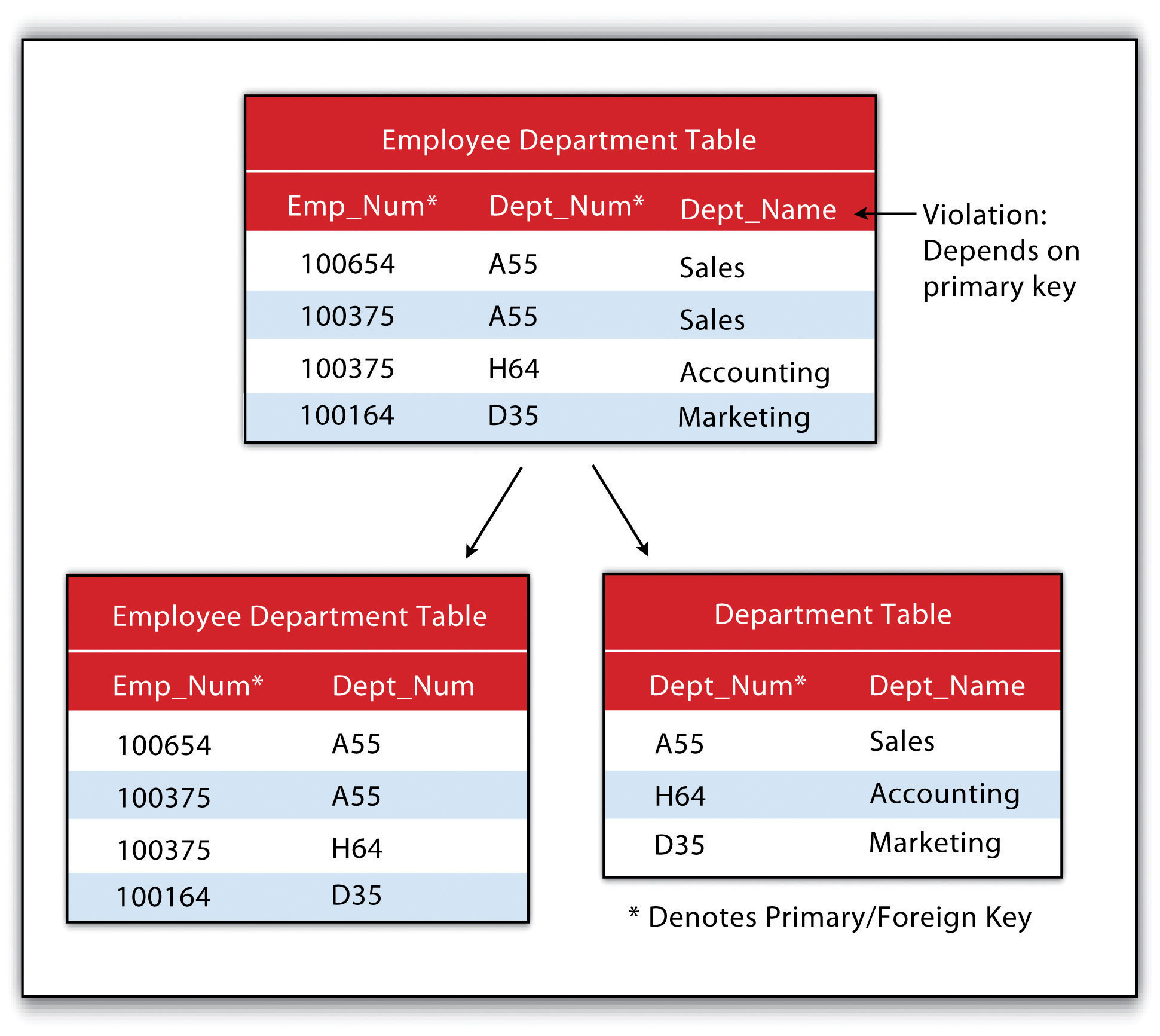
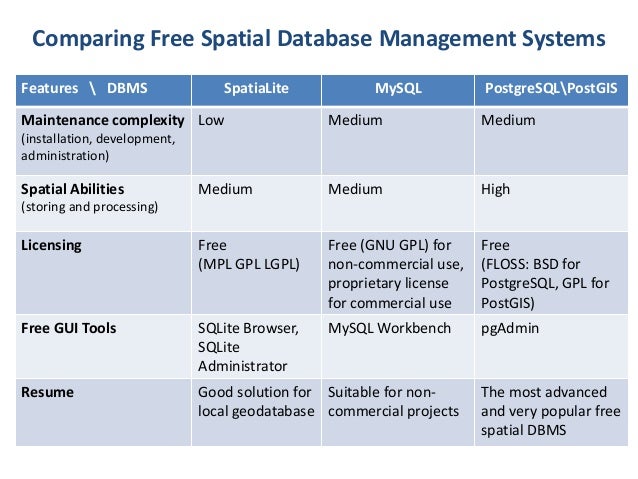


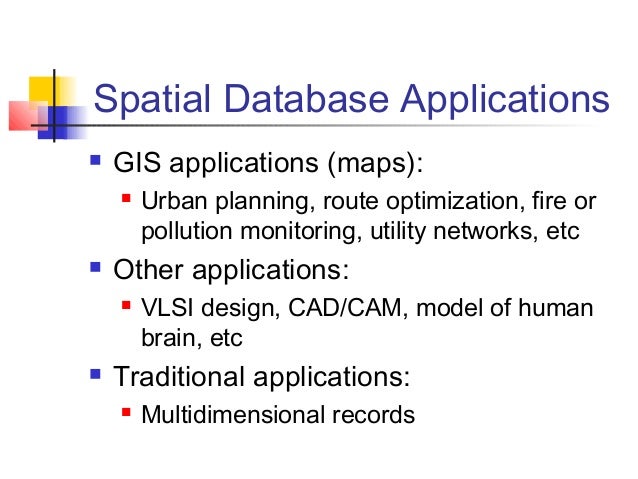



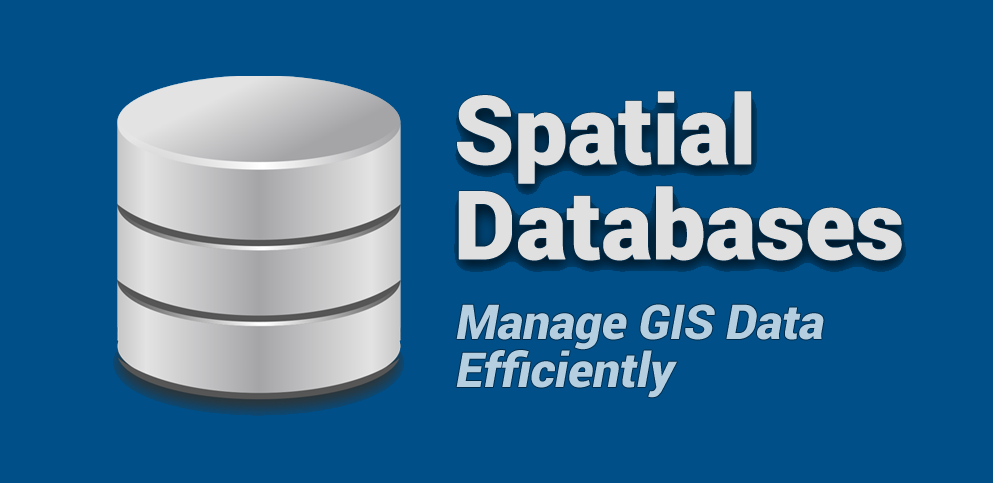

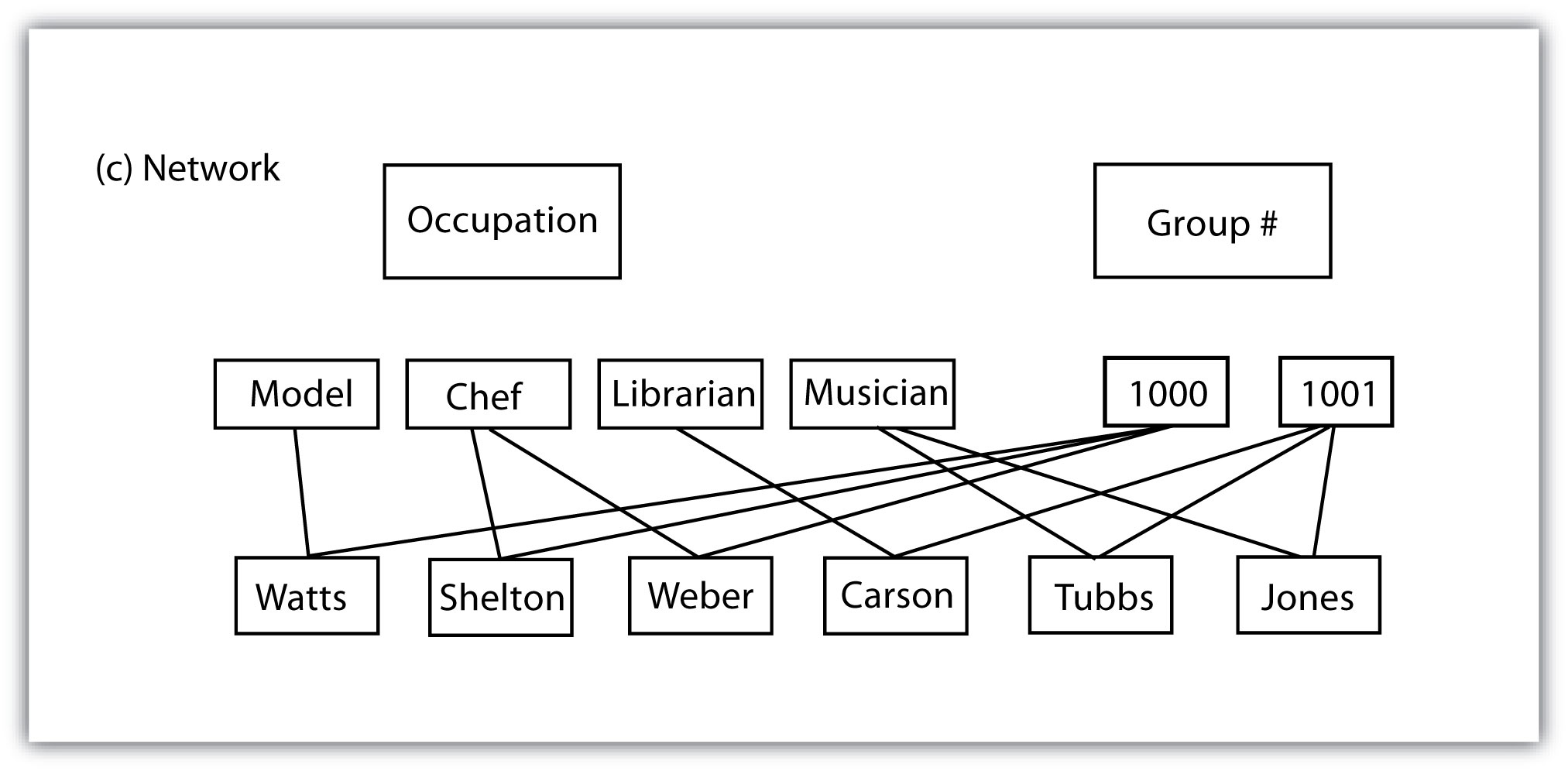





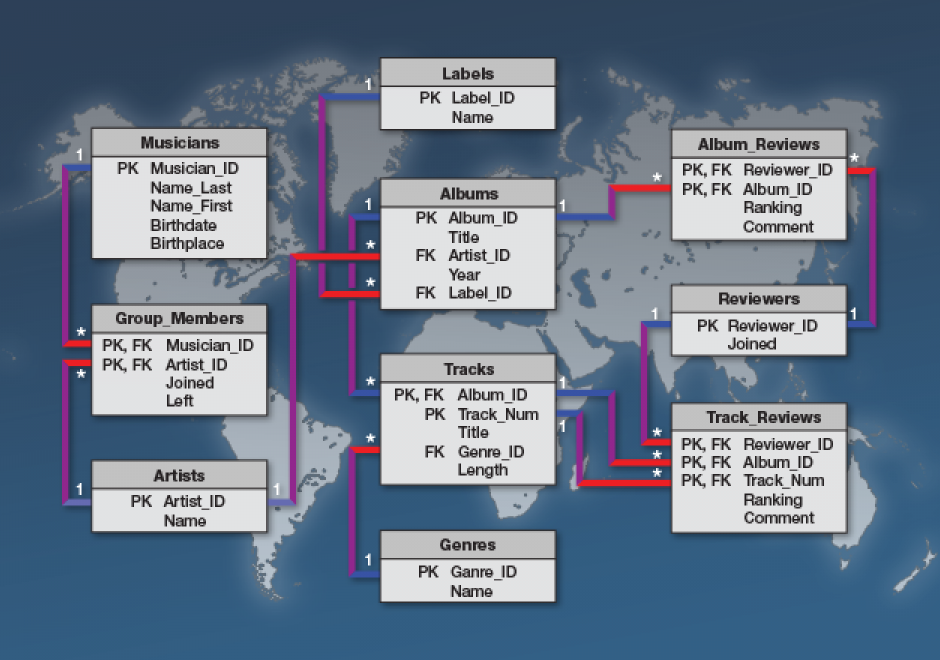

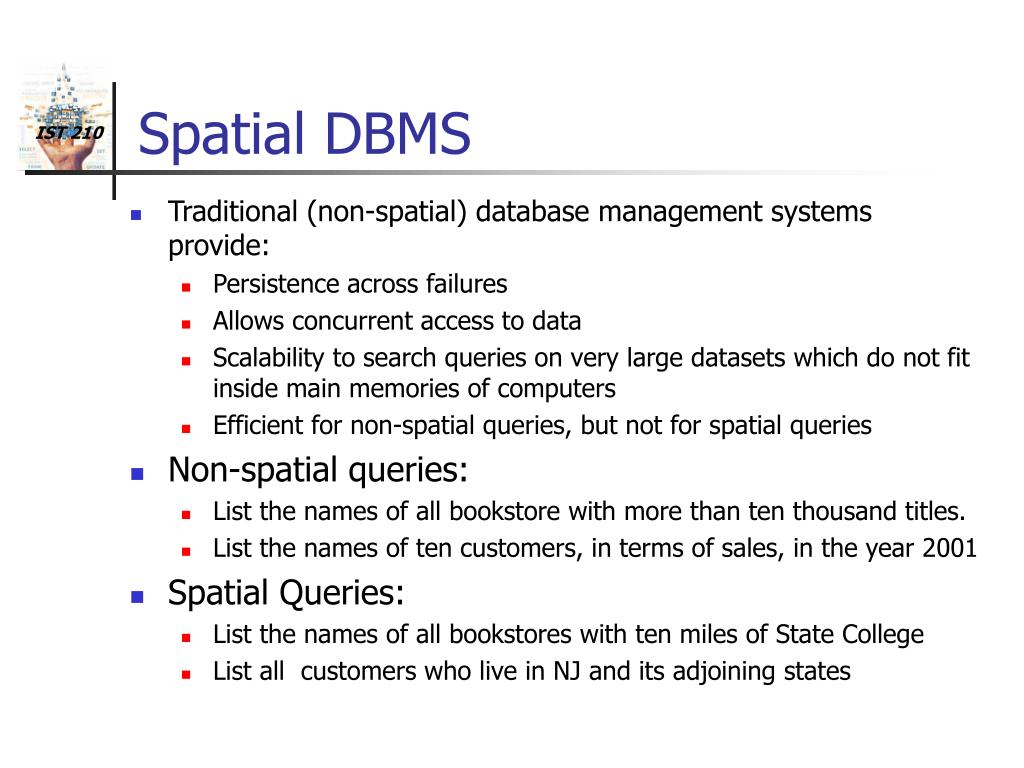




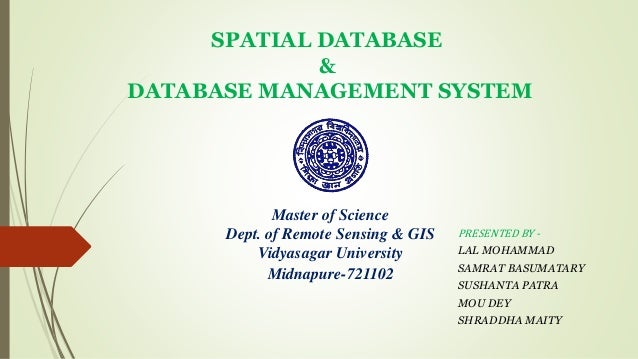


Post a Comment for "Spatial Database Management System"